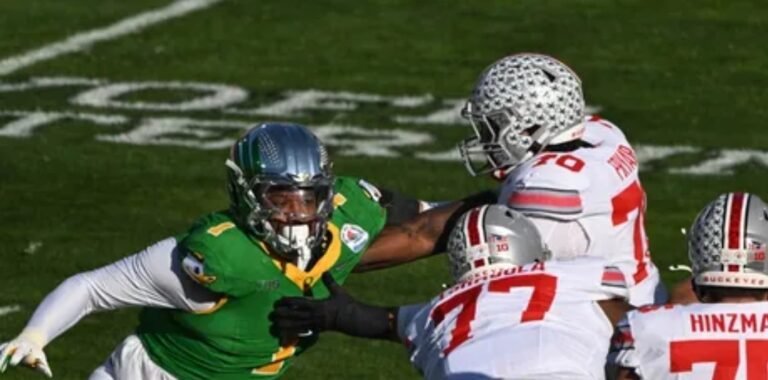Indiana basketball’s struggles have been magnified in the absence of Malik Reneau, the team’s leading scorer, after he was injured just 30 seconds into their matchup against Rutgers. While the injury initially seemed minor, the Hoosiers are now entering their third game without the freshman sensation, and it’s clear that his absence is not just a statistical hole—it’s a major blow to their offensive identity.
Reneau, a standout in the early part of the season, had been a cornerstone for Indiana’s high-powered offense. His ability to score at will both inside and from mid-range made him the clear offensive leader. But more than that, he provided the Hoosiers with a sense of balance. His versatility on the floor allowed Indiana to explore various offensive sets, whether they leaned on his back-to-the-basket game or spread the floor for shooters. His injury has exposed cracks in a team that appeared to have been built on depth and dynamic scoring options.
In the two games since Reneau’s injury, the Hoosiers have faltered offensively, with both their shooting efficiency and their ability to execute in the clutch suffering without him. Against Rutgers, a team known for its stout defense, Indiana struggled to find rhythm, relying too heavily on their perimeter game. The absence of a reliable inside presence like Reneau has forced them to become predictable. As a result, opposing defenses have been able to lock in on their shooters, significantly lowering the effectiveness of their offensive sets. In the following game, Indiana looked even more out of sync, failing to find a consistent offensive flow, which only added to the mounting frustration.
What’s more controversial is the broader implications of Reneau’s injury on the Hoosiers’ season. In the competitive Big Ten, where every game is a potential war, injuries to key players can make or break a team’s postseason aspirations. Some have argued that Indiana’s early success was inflated by a relatively softer schedule and that the true test of the team’s championship mettle will come with Reneau sidelined for potentially several more weeks. The loss of their top scorer exposes Indiana’s over-reliance on one player for offensive production, a flaw that may not be rectified even if Reneau returns soon. Critics argue that head coach Mike Woodson has failed to develop enough depth or diversity in his system to withstand such a blow, casting doubt on the Hoosiers’ ability to compete for a Big Ten title or, perhaps more importantly, a deep run in the NCAA tournament.
What makes the situation even more concerning is that Indiana’s depth, often touted as one of its strengths, has not stepped up in Reneau’s absence. Players like Trayce Jackson-Davis, who has historically been a reliable figure in the post, have struggled to fill the void. While Jackson-Davis remains a dominant force in the paint, without a versatile partner like Reneau, defenses can key in on him more easily. This has also led to more forced shots and an even more predictable offensive system. Indiana’s bench, while talented, has not provided the spark needed to make up for Reneau’s scoring and versatility. The Hoosiers need someone—whether it’s Tamar Bates or Jalen Hood-Schifino—to step up, but they’ve fallen short, thus far, of filling the gap left by the young forward.
However, all is not lost. Indiana has a history of overcoming adversity, and while Reneau’s injury is a significant setback, this could also be an opportunity for the team to recalibrate and evolve into something more than just a one-man offensive show. Perhaps in the coming weeks, the team will figure out how to maximize the talents of players like Jackson-Davis and find creative ways to keep the offense rolling in Reneau’s absence. But for now, Indiana basketball is in a precarious position, and without their leading scorer, it’s hard to imagine the team returning to the level of play they exhibited earlier in the season.
